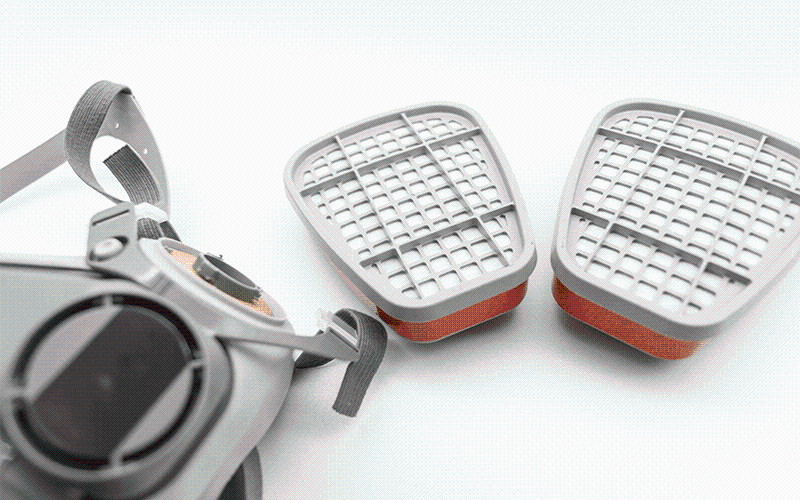
Understanding the Basics of Respiratory Protective Equipment (RPE) Fit Testing
However, the effectiveness of RPE hinges on its ability to provide a proper seal to the wearer’s face. This makes fit testing an essential process, ensuring that the equipment offers the intended level of protection. The Health and Safety Executive (HSE) outlines the fundamentals of RPE fit testing, emphasising its importance, the methods involved, and compliance with legal requirements. Below, we explore these principles, offering an overview of the process and why it is critical for workplace safety.
What Is Fit Testing?
Fit testing assesses whether a specific type, make, model, and size of RPE is suitable for an individual. Proper fit ensures a secure seal between the RPE’s facepiece and the wearer’s skin. Without this seal, contaminants can bypass the filter and enter the respiratory system, compromising health and safety.
When Is Fit Testing Required?
Under UK regulations, including the Control of Substances Hazardous to Health (COSHH) Regulations, fit testing is mandatory in the following scenarios:
Before First Use: Every worker must undergo fit testing to confirm the chosen RPE fits correctly before using it in hazardous environments.
When Switching RPE Models: Changes in brand, model, or size require a new fit test.
Changes to the Wearer: Physical changes such as weight loss, facial surgery, or dental work can affect fit, necessitating retesting.
Types of Fit Testing
There are two main methods for fit testing:
1. Qualitative Fit Testing
This method is suitable for filtering facepieces and half masks. It involves using a test agent (e.g., bitter or sweet solution) to check for leakage. The wearer performs various exercises, such as moving their head and talking, to evaluate the RPE’s seal.
2. Quantitative Fit Testing
Quantitative fit testing provides a more precise assessment. Instruments measure the amount of contaminant leakage into the mask. This method is applicable for all types of RPE, including full-face masks.
Key Steps in Fit Testing
Preparation:
Ensure the wearer is clean-shaven, as facial hair can compromise the seal.
Choose the appropriate RPE type, considering the task and hazard involved.
Conducting the Test:
Follow the manufacturer’s instructions and use trained, competent personnel to administer the test.
Assess the RPE’s fit under simulated workplace movements.
Recording Results:
Maintain detailed records, including the date, method used, and the specific RPE tested.
Common Mistakes in RPE Fit Testing
Overlooking Fit Testing for Disposable RPE: Single-use masks also require fit testing, as they rely on a secure seal to function correctly.
Ignoring Maintenance: Reusable RPE must be well-maintained to ensure continued effectiveness.
Skipping Retests: Changes to the wearer or equipment must not be ignored; regular fit testing is crucial for compliance.
Employer Responsibilities
Employers must ensure that all workers required to use RPE:
- Have undergone fit testing by a competent person
- Understand how to wear and check the equipment correctly.
- Are provided with training on maintaining and inspecting RPE.
- Failure to comply with fit testing requirements can lead to enforcement action by the HSE, fines, or increased risk of workplace illness.
Conclusion
RPE fit testing is a critical component of occupational health and safety, ensuring workers are protected in hazardous environments. By adhering to the HSE’s guidelines, employers can minimise risks, remain compliant with regulations, and foster a culture of safety in the workplace.
For more detailed guidance, visit the HSE's official page on RPE Fit Testing Basics
https://www.hse.gov.uk/respiratory-protective-equipment/fit-testing-basics.htm
